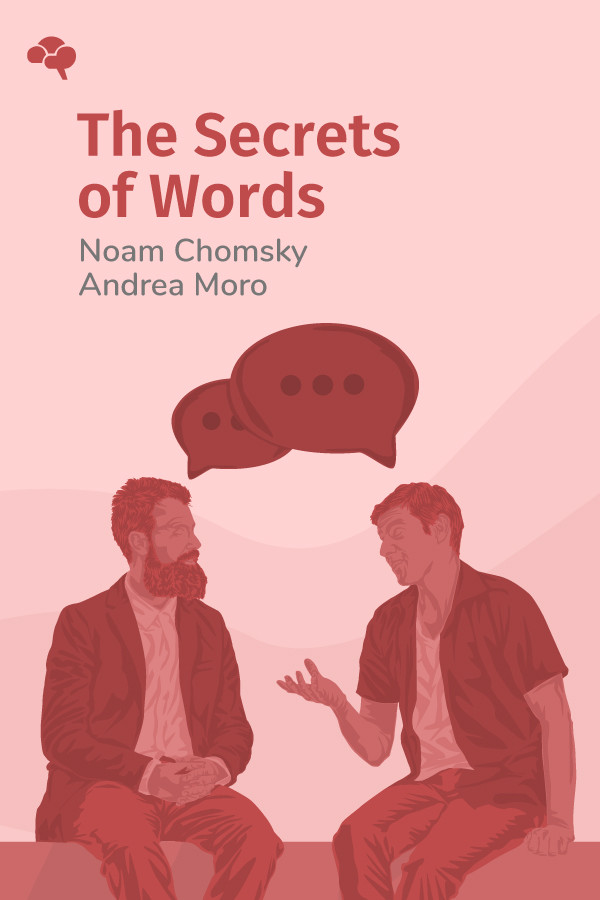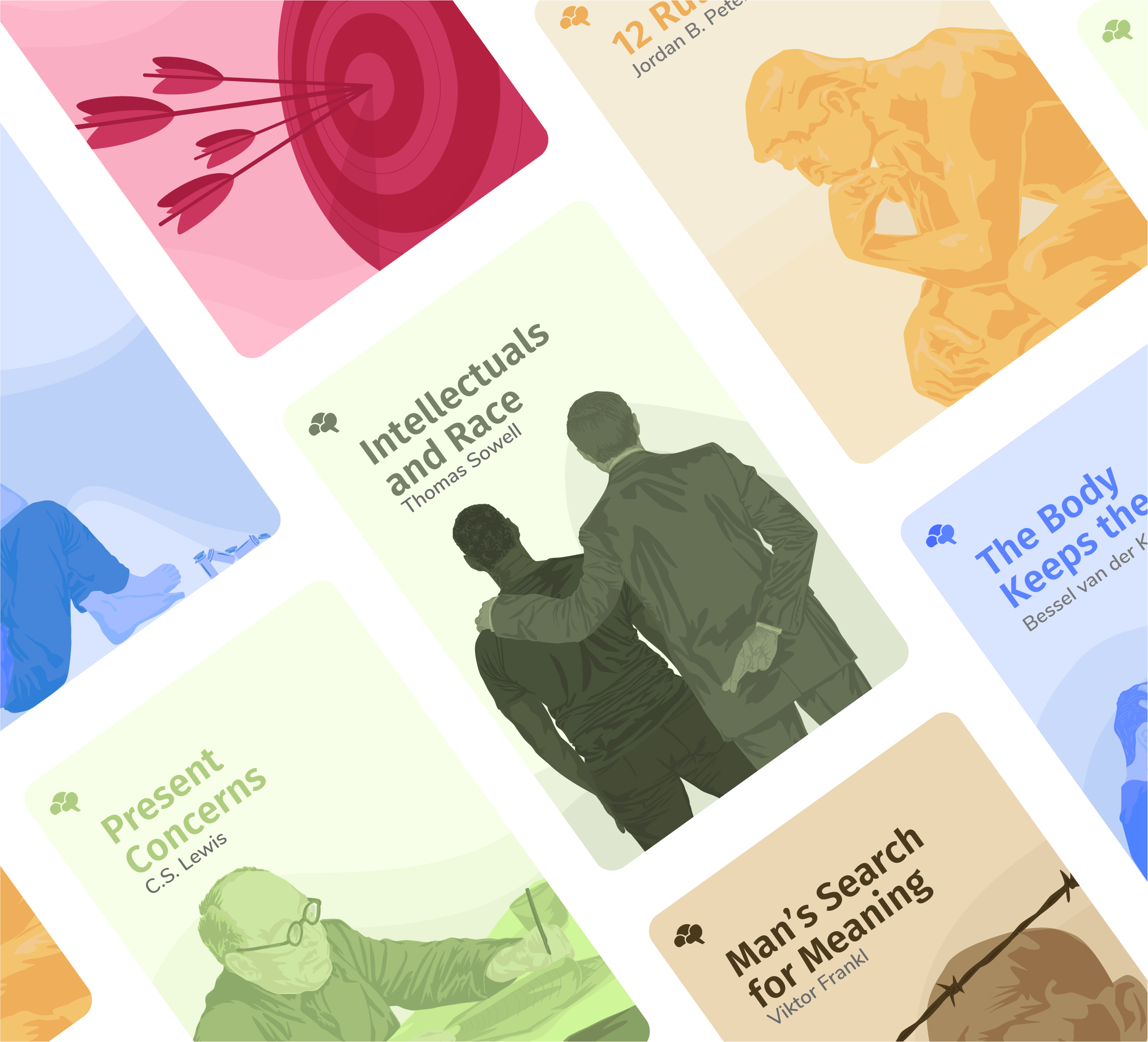Andrea Moro
Andrea Carlo Moro (born July 24, 1962) is an Italian linguist, neuroscientist and novelist. He is currently full professor of general linguistics at the Institute for Advanced Study IUSS Pavia, Italy, founder and former director of NeTS and of the Department of Cognitive Behavioural and Social Sciences. He was professor of at the University of Bologna and at the Università Vita-Salute San Raffaele. He is member of the Academia Europaea and the Pontifical Academy of Fine Arts and Letters of the Virtuosi al Pantheon. His main fields of research are syntax and neurolinguistics. He has pursued at least two distinct lines of research: the theory of syntax and the neurological correlates of syntax with the brain. For the first field, see the critical comments in Graffi (2000), Hale - Keyser (2003), Kayne (2011), Richards (2010) and Chomsky (2013) among others. As for a critical evaluation of the second field see in particular the first chapter of Kandel et al. (2013); see also Kaan, 2002, Marcus 2003 and Newmeyer (2005). By referring to these sources, one can synthetically outline Andrea Moro's work in the two fields as follows.
In the first field, he contributed to the theory of clause structure (in particular with respect to the theory of the copula discovering inverse copular constructions, to the notion of expletive proposing that an element like "there" and its equivalent across languages is a raised expletive predicate rather than an inserted expletive subject, and to the theory of syntactic movement (by proposing a weak version of the theory of antisymmetry, i.e. dynamic antisymmetry) according to which movement is the effect of a symmetry-breaking process in the computational system that underlies syntax. As for the first topic the original reference is the volume "The Raising of Predicates" (1997, Cambridge University Press) - chapter 1 and 2, in particular - which has received more than 900 citations, according to Google Scholar, whose popularised version is now accessible in English as "A Brief History of the verb to BE" (2017, MIT Press); as for the second, instead, the original reference is the monograph "Dynamic Antisymmetry" (MIT Press) which has received circa 500 references, again according to Google Scholar.
As for the other field, he explored the neurological correlates of artificial languages which do not follow the principles of Universal Grammar providing evidence that Universal Grammar properties cannot be cultural, social or conventional artifacts: in fact, he and the team of people he worked with showed that recursive syntactic rules, that is rules based on recursion selectively activate a neurological network (including Broca's area) whereas non-recursive syntactic rules do not. These discoveries have appeared in a few international Journals, including, for example, Nature Neuroscience (Musso, Moro et al. 2003) or PNAS (Moro 2010): a comprehensive collection of the works in both fields has now become available in the "Routledge Leading Linguist Series" as "The Equilibrium of Human Syntax" (Routledge 2013). He also explored the correlates between the representation of the world in the brain and the structure of syntax, specifically the relationship between sentential negation and the brain) also available in Moro 2013.
The Secrets of Words
Noam Chomsky (1928-) is an American linguist who has written extensively on linguistics, philosophy, and politics. He is a prolific author, having written over one hundred books across numerous fields. He has been labeled “the father of modern linguistics” both because of his positive contributions and his debates with figures such as B.F. Skinner and Michel Foucault. Andrea Moro (1962-) is an Italian linguist who specializes in neurolinguistics. His research so far has explored the theoretical and experimental aspects of syntax. In The Secrets of Words, Chomsky and Moro engage in an informal dialogue about topics in linguistics, history, science, and philosophy. Chomsky particularly expresses hesitancy regarding the “euphoria” surrounding technological innovation and its capabilities, because of what it assumes about the nature of language and human cognition.
Bio information sourced from Wikipedia

